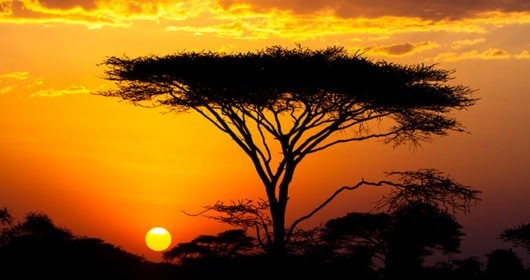The Maasai, an indigenous ethnic group residing in southern Kenya and northern Tanzania, are renowned for their unique traditions and customs that have been passed down through generations. These practices play a significant role in defining their lifestyle, family structure, and societal norms. In this article, we will delve into the fascinating world of Maasai traditions and customs, offering a comprehensive understanding of their way of life.
Maasai society is primarily pastoralist, built on a strong foundation of cattle herding. Cattle hold immense value for the Maasai, not only as a source of sustenance but also as a symbol of wealth and prestige. The community’s wealth is often measured by the size of their livestock holdings, and cattle ownership plays a crucial role in various social aspects of Maasai life.
One of the most distinctive customs embedded within the Maasai culture is the age-set system. This system categorizes individuals into different age groups, with each group progressing through different stages of life together. Age sets are integral to decision-making processes, conflict resolution, and maintaining social order within the community. The initiation ceremonies marking the transition between each age set are highly significant and involve rites of passage that foster the growth and development of Maasai individuals.
Family holds paramount importance in Maasai society, with marriage being a central institution. Traditionally, the father arranges marriages for his children, with polygamy being widely accepted. The practice of polygamy allows men to establish alliances, expand their herds, and attain social standing, while simultaneously ensuring the preservation of the family lineage. However, it is worth noting that recent trends have seen a decline in the prevalence of polygamy among the younger generation.
The Maasai lifestyle revolves around a strong sense of community, with communal land ownership playing a vital role. The land is considered sacred, and its preservation is viewed as a collective responsibility. The Maasai people live in semi-permanent dwellings known as bomas, which are typically constructed from branches, mud, and animal dung. These homes are designed to be flexible, enabling the community to move easily in pursuit of fresh grazing lands for their livestock.

The Maasai possess a rich oral tradition, with storytelling being an essential aspect of their culture. Elders and revered individuals pass down knowledge, histories, and moral lessons through folklore, songs, and proverbs. These stories provide a sense of identity, teach important values, and preserve the heritage of the Maasai people.
Artistry also flourishes within Maasai culture, as the community is known for its intricate beadwork and vibrant clothing. Beads hold symbolic value, with different colors and patterns representing various aspects of Maasai life, such as age, marital status, and social position. This craftsmanship has not only become a significant source of income for many Maasai women but has also gained international recognition and appreciation.
Despite the encroachment of modernization, the Maasai strive to preserve their customs and way of life. They face numerous challenges, including conflicts over land rights, limited access to education and healthcare services, and pressure to conform to external influences. Nonetheless, their resilient spirit and commitment to their heritage continue to inspire others and shed light on the importance of cultural diversity in our globalized world.
In conclusion, Maasai traditions and customs are deeply rooted in their past and shape their present. From their pastoralist lifestyle to the age-set system, Maasai family structure, communal land ownership, oral traditions, and artistic expressions, every aspect of their culture intertwines to create a unique identity. By understanding and appreciating the customs of the Maasai people, we can recognize the significance of diversity and gain insights into alternative ways of life that celebrate community, resilience, and cultural heritage.




